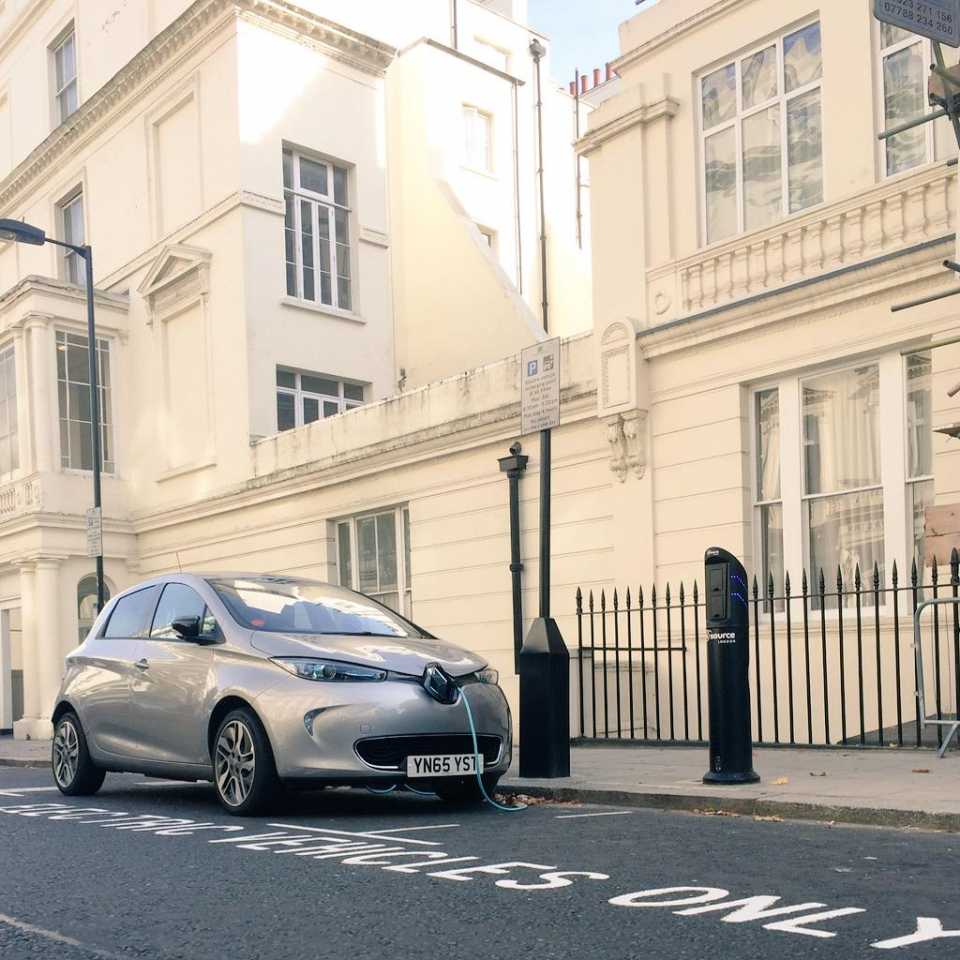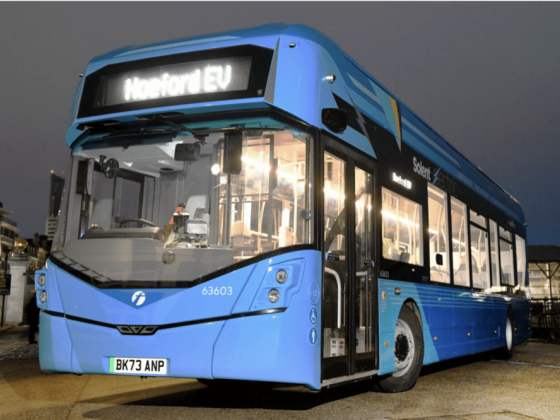Government's Road to Zero strategy unveils new EV charging plans

Proposals to put EV charge points in new homes, offices and street lamps have been announced today by the Transport Secretary Chris Grayling as part of the government’s newly released Road to Zero strategy.
The strategy includes a £400 million Charging Infrastructure Investment Fund which will provide funding to companies that produce and install charge points.
The new proposals include the need to assess if new homes and offices should be required to install charging points as standard, and consideration of using new street lighting columns with on-street parking.
There is also a proposal to increase the Workplace Charging Scheme from £300 per socket to 75% of the purchase and installation costs of a chargepoint capped at a maximum of £500 per socket.
A new £40 million programme to develop and trial wireless and on-street charging technology is also proposed in the strategy.
The Road to Zero Strategy outlines how government will work with industry to support achieving the ban on sales of new petrol and diesel cars and vans from 2040.
The government says the Road to Zero Strategy is technology neutral and does not speculate on which technologies might will deliver its aims. The government also confirmed it has no plan to ban any particular technology - like hybrids - as part of this strategy.
These measures are to help achieve the government's new ambition for at least 50% — and as many as 70% — of new car sales to be ultra low emission by 2030, alongside up to 40% of new vans.
Grayling will say: “The road to zero strategy, combined with the measures we’ve already introduced, will mean Britain now has one of the most comprehensive support packages for zero-emission vehicles in the world.
“We want the UK to become the best country in the world in which to develop and manufacture zero-emission vehicles.
“The prize is not just a cleaner and healthier environment, but a UK economy fit for the future and the chance to win a substantial slice of a market estimated to be worth up to £7.6tn by 2050.”



